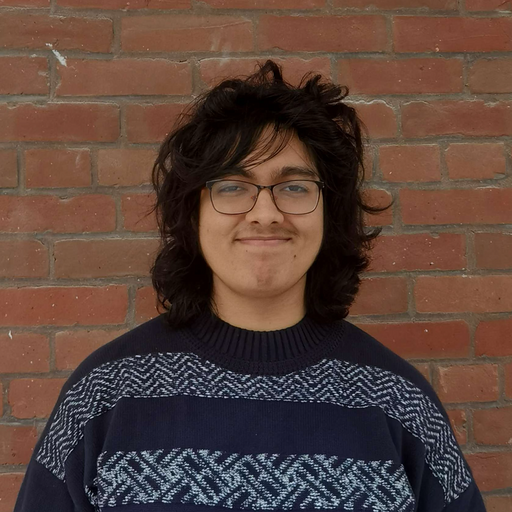Reflections on Engineering Education: Balancing Theory and Practice
As I approach the midpoint of my Engineering Science degree at the University of Toronto, I’ve been reflecting on the balance between theoretical knowledge and practical application in engineering education. This post shares some of my thoughts and experiences from this journey.
The Theory-Practice Spectrum
Engineering education often presents a fascinating paradox: we’re taught rigorous mathematical foundations and theoretical principles, yet the real world demands practical problem-solving skills that aren’t always emphasized in coursework.
What Works Well
Strong Mathematical Foundation: The mathematical rigor in courses like linear algebra, differential equations, and probability has been invaluable. These fundamentals provide the mental models needed to approach complex engineering problems systematically.
Project-Based Learning: Hands-on projects, especially in design courses and capstone experiences, bridge the gap between theory and practice. Building actual systems forces you to confront real-world constraints.
Areas for Improvement
Industry Context: While we learn the “what” and “how” of engineering concepts, we often miss the “why” in terms of business impact and real-world application. Understanding how engineering decisions affect product development, user experience, and business outcomes is crucial.
Soft Skills Integration: Technical skills are necessary but insufficient. Communication, teamwork, and project management should be woven into the curriculum, not treated as separate “professional development” activities.
Personal Strategies for Balance
1. Seek Out Practical Experience Early
I started pursuing internships and research opportunities from my second year. This hands-on experience taught me more about real engineering work than any textbook could.
2. Build Things Outside of Class
Personal projects and hackathons have been my laboratory for experimentation. Whether it’s building robots or developing software tools, these self-directed projects allow me to apply concepts in creative ways.
3. Engage with the Engineering Community
Joining clubs like IEEE and participating in design teams exposed me to different engineering perspectives and real industry challenges. The mentorship from senior engineers and faculty advisors has been invaluable.
Looking Forward
As I continue my engineering journey, I’m focusing on developing a portfolio that demonstrates both technical depth and practical impact. The most successful engineers I’ve met are those who can navigate seamlessly between theoretical understanding and practical implementation.
What about you? How do you balance theory and practice in your engineering education or career? I’d love to hear your thoughts in the comments!

